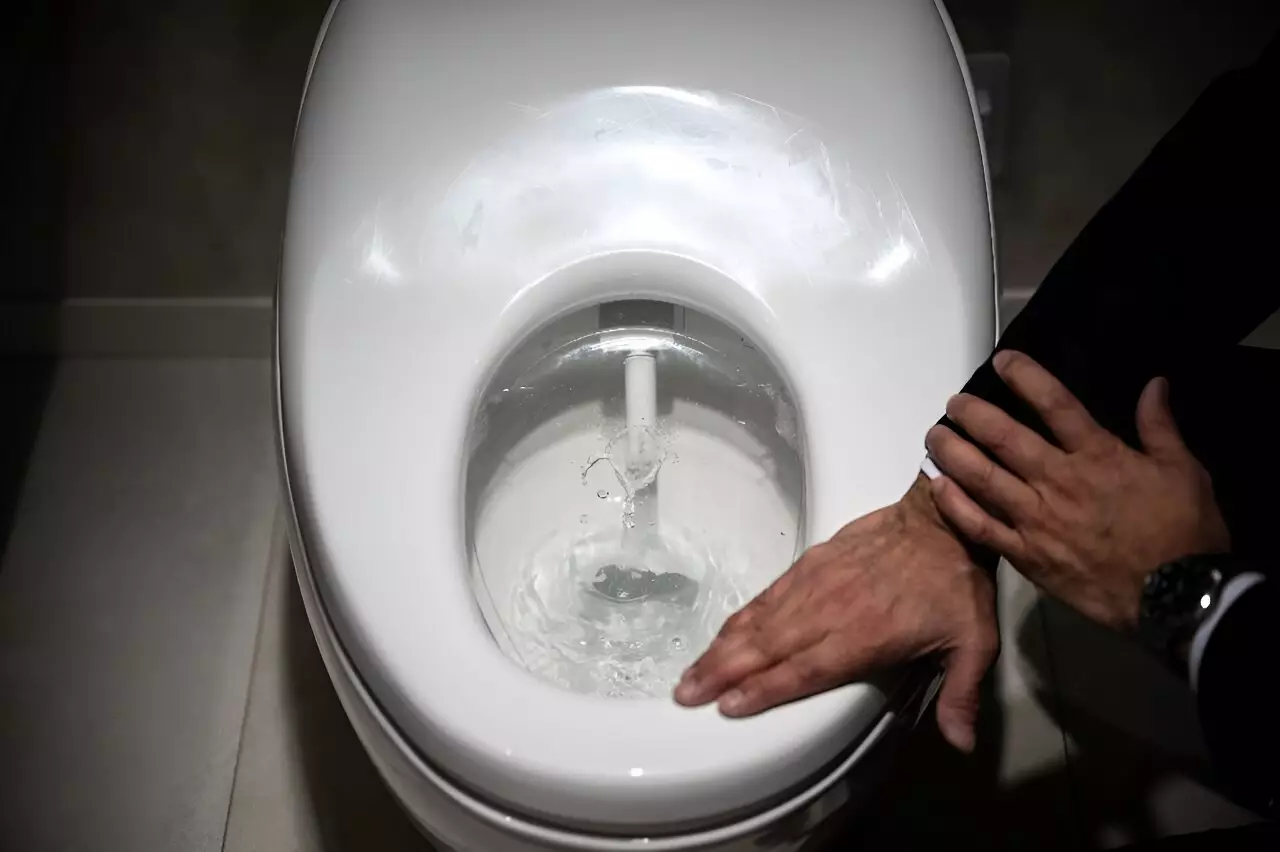In recent years, the rise of high-tech bidet toilets from Japan has taken the world by storm. Initially a private attraction in Japan, bidet toilets are now becoming a must-have in luxury bathrooms worldwide. With more than 80 percent of homes in Japan equipped with bidet toilets, it is no surprise that sales have surged abroad, especially in the United States. A-list bidet fans like Drake, the Kardashians, and Alexandra Ocasio-Cortez have popularized these high-tech toilets, leading to a doubling of overseas revenue for Japanese companies like TOTO.
The ongoing pandemic played a significant role in the increased demand for bidet toilets globally. As consumers became more germ-conscious and sought alternatives to toilet paper, bidet toilets gained popularity for their hygiene benefits. The pandemic-induced home renovation boom further fueled the demand for high-tech toilets, driving sales in countries like the United States. The warm seats and precision spray technology of bidet toilets offer a unique experience that many users find difficult to live without after trying it.
While Japanese companies like TOTO have long been pioneers in the bidet toilet industry, they now face increasing competition from US brands like Kohler and others. The Numi 2.0 from Kohler, equipped with voice commands via Amazon Alexa and advanced features like automatic deodorizers and motion-activated lids, is marketed as the “smartest toilet” in existence. Despite the luxurious features of these high-end bidet toilets, the price point remains a barrier for many consumers, with basic bidet seats retailing for around $500 compared to $8,500 to $10,000 for high-end models.
The cultural perception of bidet toilets has evolved over the years, with what was once considered a private and taboo experience now becoming a status symbol. Celebrities, influencers, and even politicians like Alexandria Ocasio-Cortez have openly endorsed bidet toilets, contributing to their mainstream acceptance. This shift in perspective is a far cry from the early days when TOTO struggled to launch its bidet products in the US due to prudishness and stigma surrounding toilet hygiene.
The history of bidet toilets dates back to the early 20th century when TOTO, a Japanese company, introduced Western-style ceramic toilets to Japan. Initially facing challenges due to the prevailing squat-style toilets and underdeveloped sewer systems, TOTO pivoted to tableware sales until the widespread adoption of bidet toilets after the 1970 World Expo in Osaka. Today, TOTO has sold over 60 million Washlets globally, showcasing the widespread embrace of bidet technology.
As the bidet craze continues to grow and high-tech toilets become more commonplace, the future looks bright for companies like TOTO and their competitors. With more consumers recognizing the hygiene and comfort benefits of bidet toilets, sales are expected to rise, especially in markets like the United States. As bidet toilets transition from luxury items to essential bathroom fixtures, the global demand for high-tech toilet technology is set to increase significantly in the coming years.


Leave a Reply